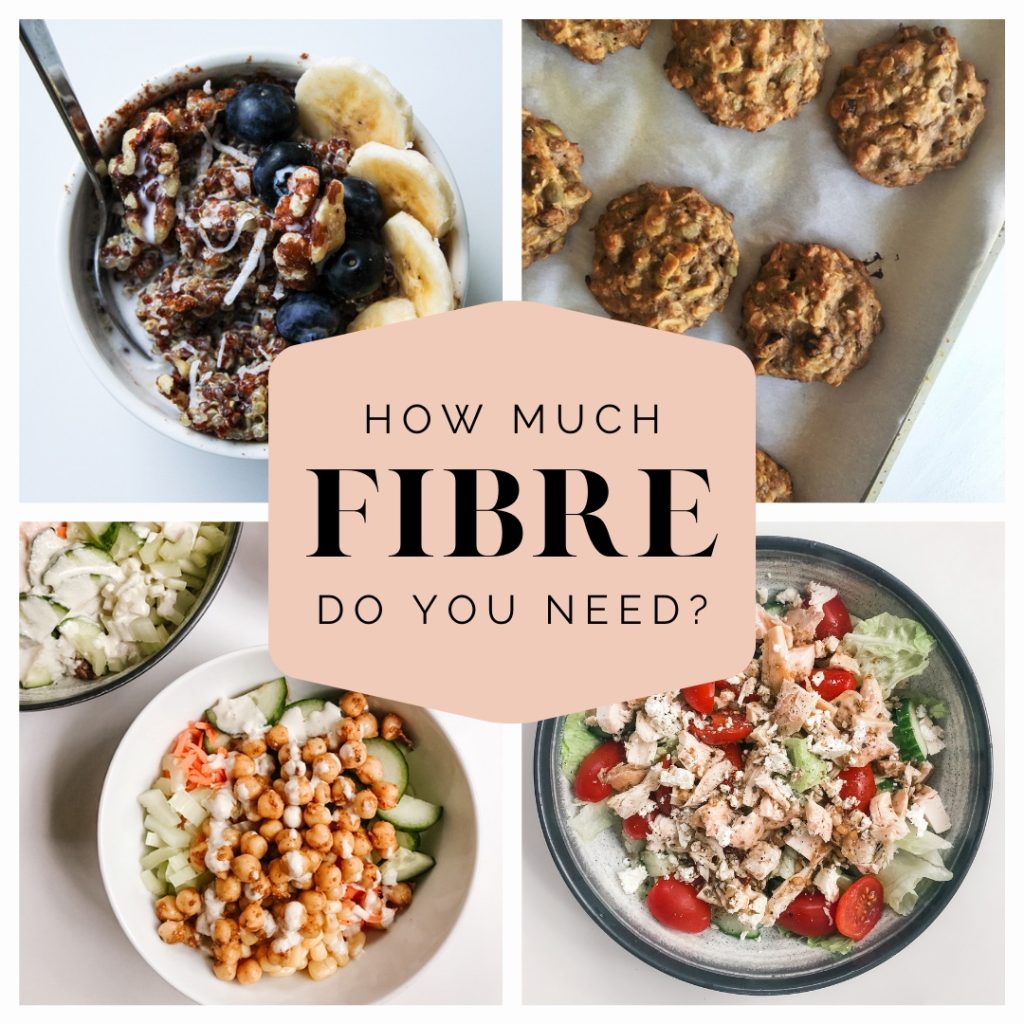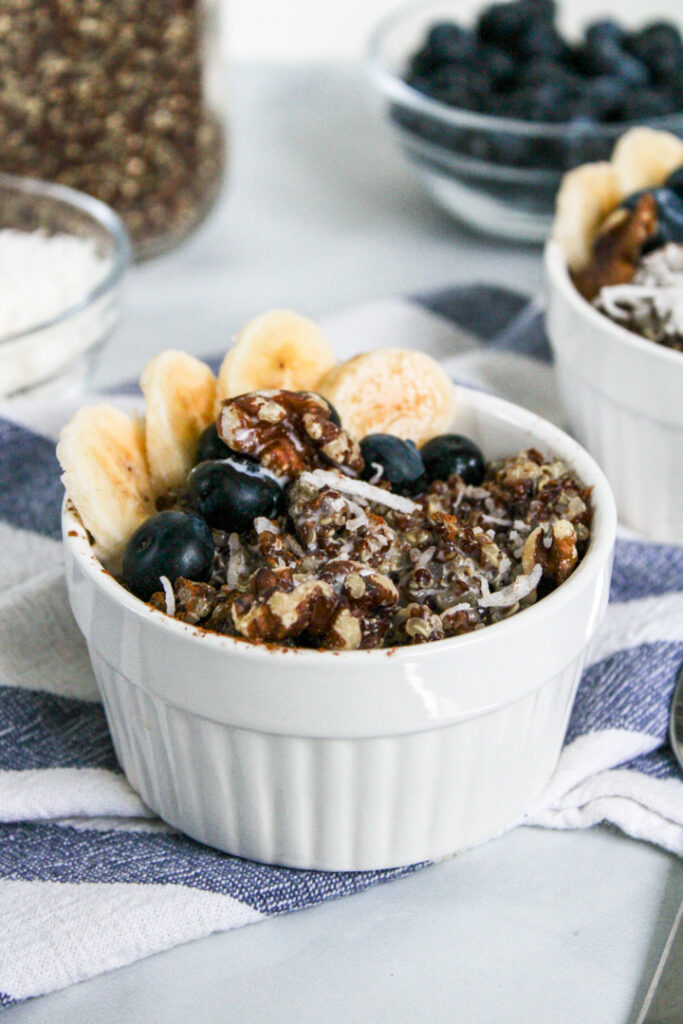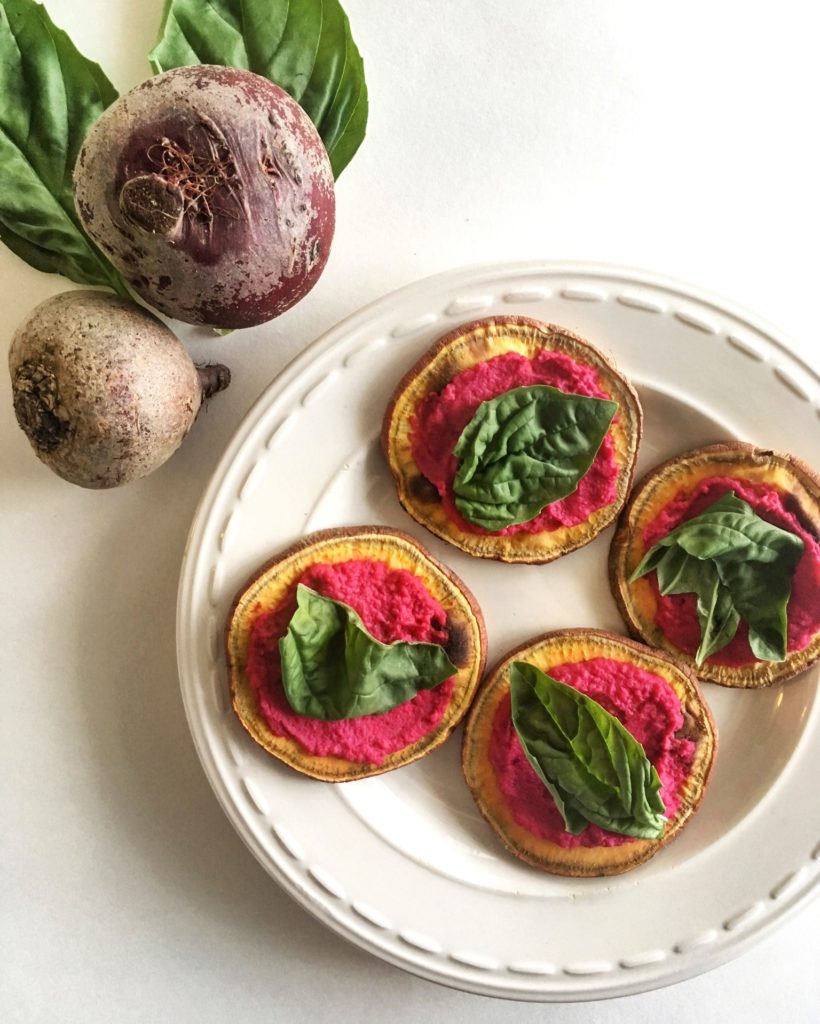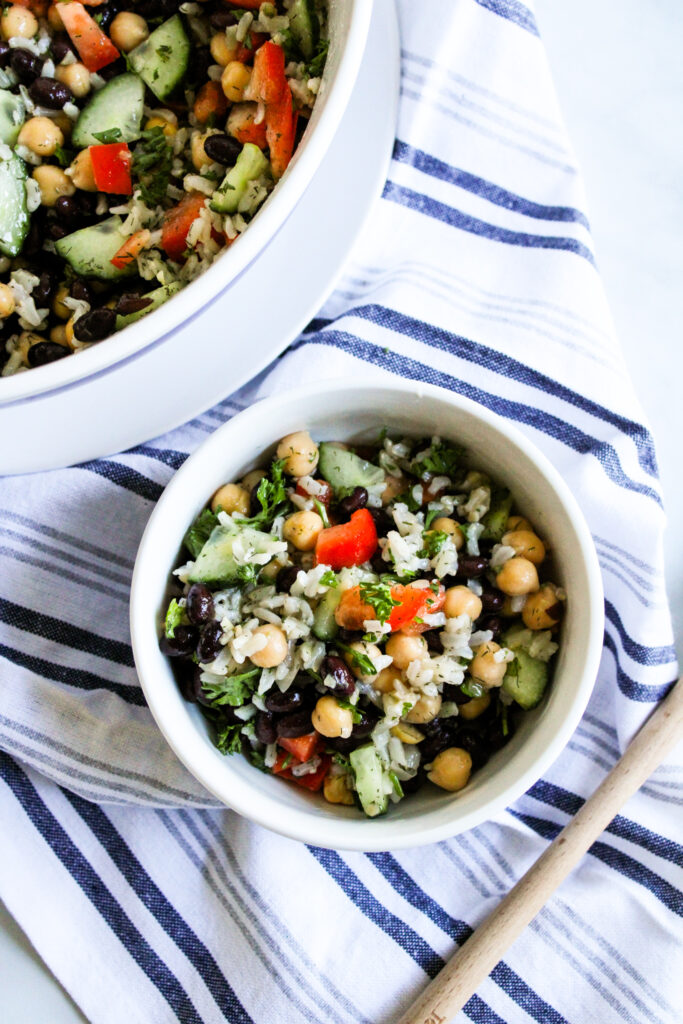How Much Fibre Do You Need?
Have you ever wondered how much fibre you need in a day? This post breaks down the importance of fibre, how much you need and how to get it!
This post was generously researched and written by Elena Kwan, a dietetic student at UBC.

Today, we are diving into an important topic that is notoriously overlooked and forgotten about by many Canadians: fibre. The majority of Canadians don’t get the recommended daily amount of fibre in their diets. It is a complex nutrient and may be hard to find, so I don’t blame you!
You might be wondering: What is fibre? Why should I eat it? Are there different types? How do I meet my recommended amount? Stayed tuned because this post will answer all of these questions!
What is fibre?
Fibre is a type of carbohydrate found in vegetables, fruits, grains, and legumes. It comes in two forms, soluble and insoluble, and neither of them are digested by the body. This leaves our digestive system intact and provides many benefits to our health. Now, let’s get into the details!

Why do we need it?
Many people have heard that fibre is great for our digestive system and keeps us regular. While this is true, it does so much more than that! It has been shown to decrease cholesterol levels, blood pressure and can also help regulate blood sugar levels. These benefits help support heart health and can also help decrease the risk for some chronic diseases such as cancer or Type 2 diabetes.

What are the differences between soluble and insoluble fibre?
As mentioned earlier, fibre is grouped into two categories, soluble and insoluble. Firstly, soluble fibre becomes gel-like and absorbs water in the stomach, which slows down digestion and decreases the amount of cholesterol in the blood. By slowing down digestion, individuals may feel more satisfied after a meal and will feel fuller for longer. On the other hand, insoluble fibre creates the opposite effect and speeds up digestion, promotes regularity and prevents constipation.
- Foods rich in soluble fibre include: black beans, avocados, broccoli, pears and flax seeds.
- Foods rich in insoluble fibre include: whole wheat grains, potatoes, cauliflower and nuts.
As you can see, getting a combination of both types is beneficial to our overall health.

How or where do I get fibre?
According to Health Canada, the recommended amount of fibre for women aged 19-50 years is around 25 grams per day and for men aged 19-50 years it is around 38 grams per day. For people over 51 years old, these numbers are slightly lower at 21g and 30g, respectively. To increase your intake here are some helpful tips:
- Don’t change your diet too quickly and instead slowly increase fibre intake and ensure you are also drinking more water! Fibre can act like a sponge in the body, absorbing fluid from the digestive system. In order to prevent constipation, make sure to meet the daily fluid recommendation of 2-3 litres per day.
-
- Eat a variety of fruits and vegetables such as:
- Fruits: apple (4g), pear (6g), orange (4g), avocado (9g per 1/2 avocado), apricot
- Dried fruits: Figs (8g/1/2 cup), raisins(1g/oz), prunes (6g/1/2 cup)
- Vegetables (per 1 cup): Broccoli (5g), carrots, cauliflower (5g), spinach, brussel sprouts (6g), sweet potato, acorn squash (9g)
- (Bonus: eating the skin of vegetables and fruits are great ways to get insoluble fibre!)
-
- Choose whole grains such as:
- Bran cereal, barley (6g/cup), steel-cut oats, quinoa (5g/cup), brown rice (4g/cup)
- Tip: try swapping out white bread for whole grain or multigrain bread
- Snack on nuts or seeds such as:
- Almonds (4g/oz), walnuts (2g/oz), pine nuts
- Nut butters like peanut butter or almond butter
- Chia seeds, hemp hearts/seeds, flax seeds (8g/oz)
- Try plant-based protein sources:
- Black beans (15g/cup), kidney beans (16g/cup)
- Lentils (16g/cup), soybeans/edamame (6g/cup), chickpeas (12g/cup)

Recipes to help increase fibre intake:
Breakfast:
Appetizers:
Mains:
Dessert:

Additional Recipes and Resources:
- Quick breakfast ideas from EatingWell
- 20 minutes or less lunch and dinner ideas from EatingWell:
- More creative food and snack ideas from unlockfood.ca
- Shopping tips from Health Canada
- A non-exhaustive list of fibre amounts in food from Today’s Dietitian
- More information on benefits of fibre from the Canadian Digestive Health Foundation
This blog post should not be used as a substitute to medical advice. Please contact your primary health provider or dietitian if you are interested in learning more or feel free to reach out to book an individual consult with Ashlen. If you like this type of content, be sure to let us know in the comments below!

Pingback: Vegetarian Lentil Bolognese - All Nutrition